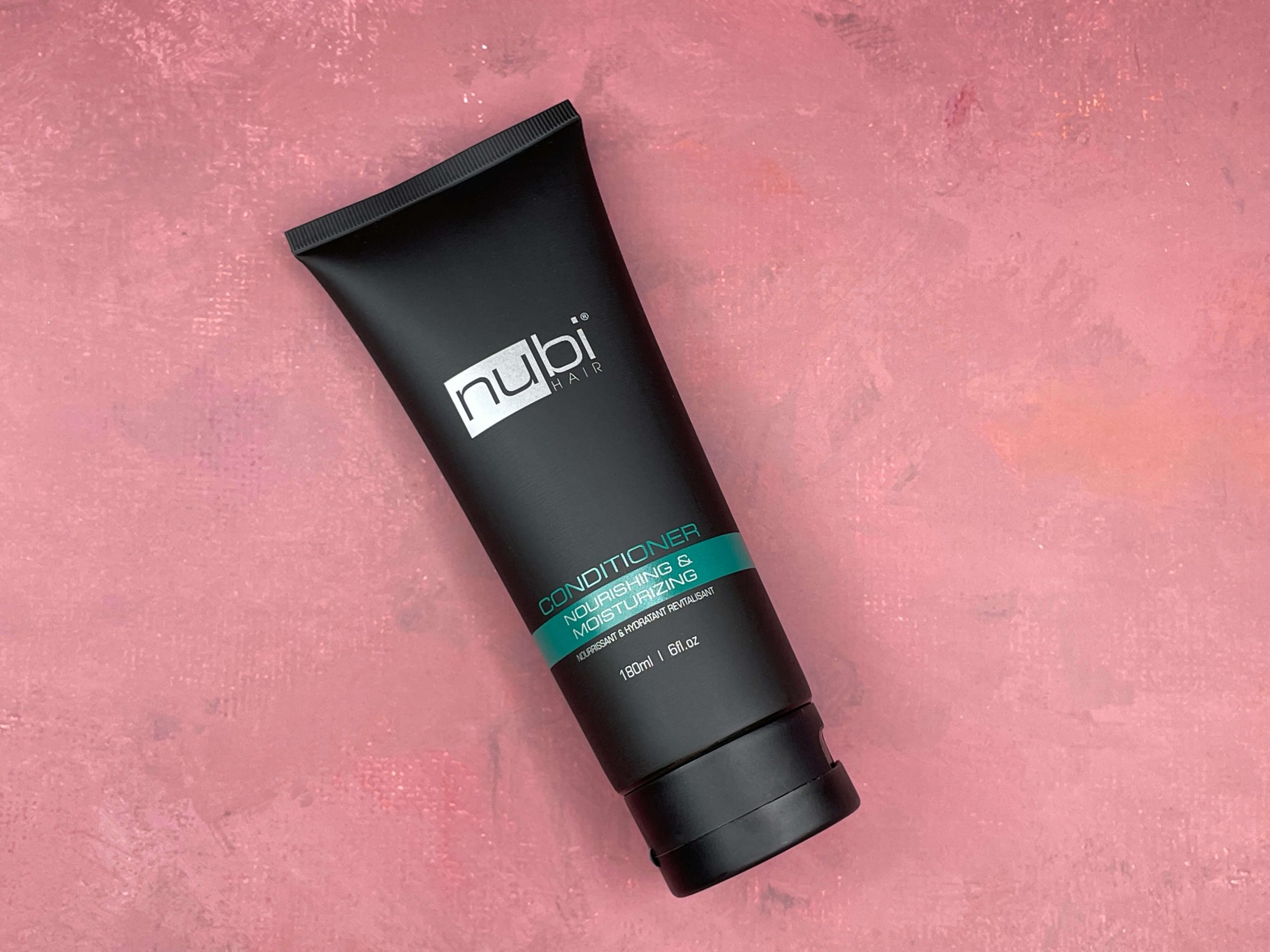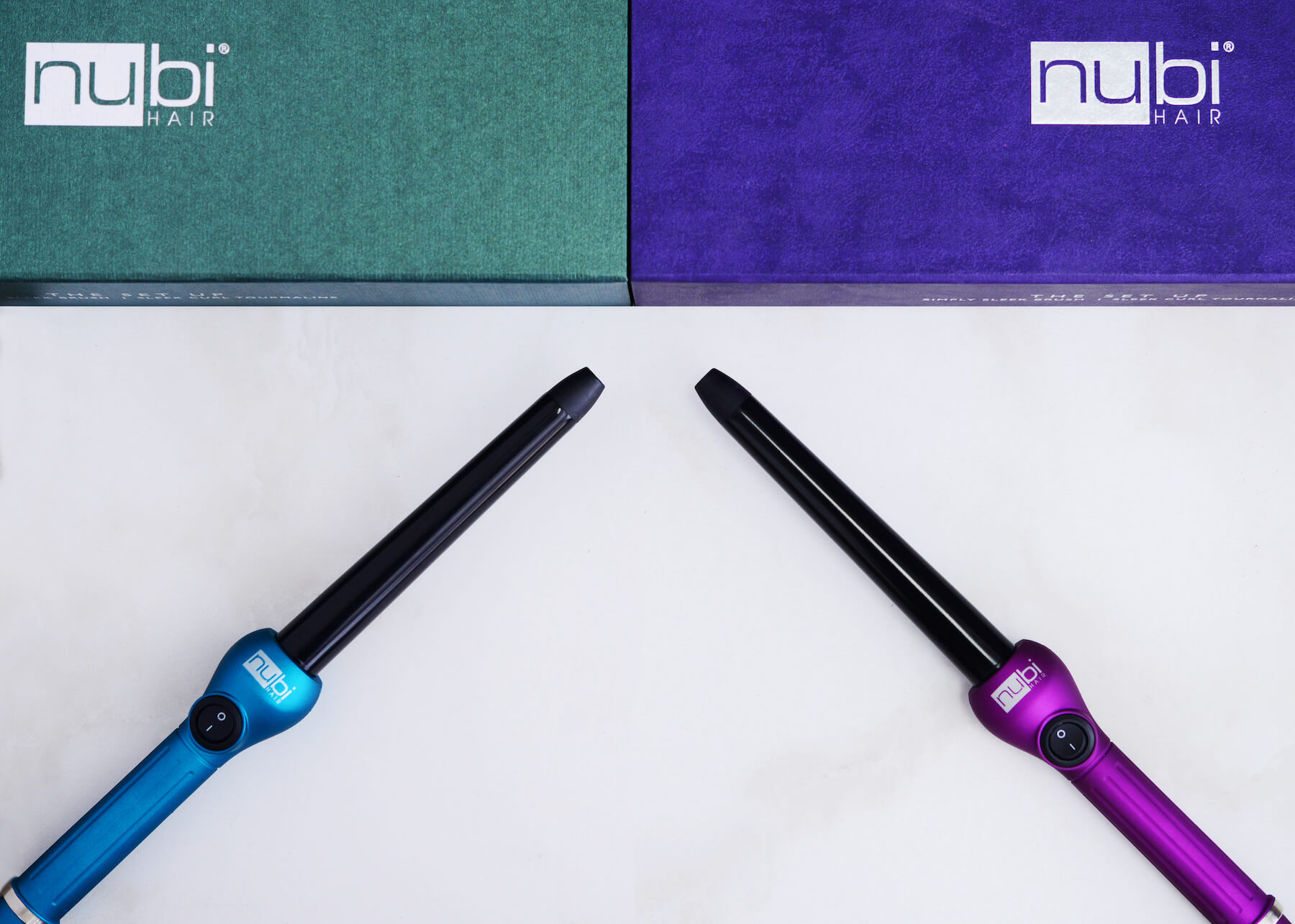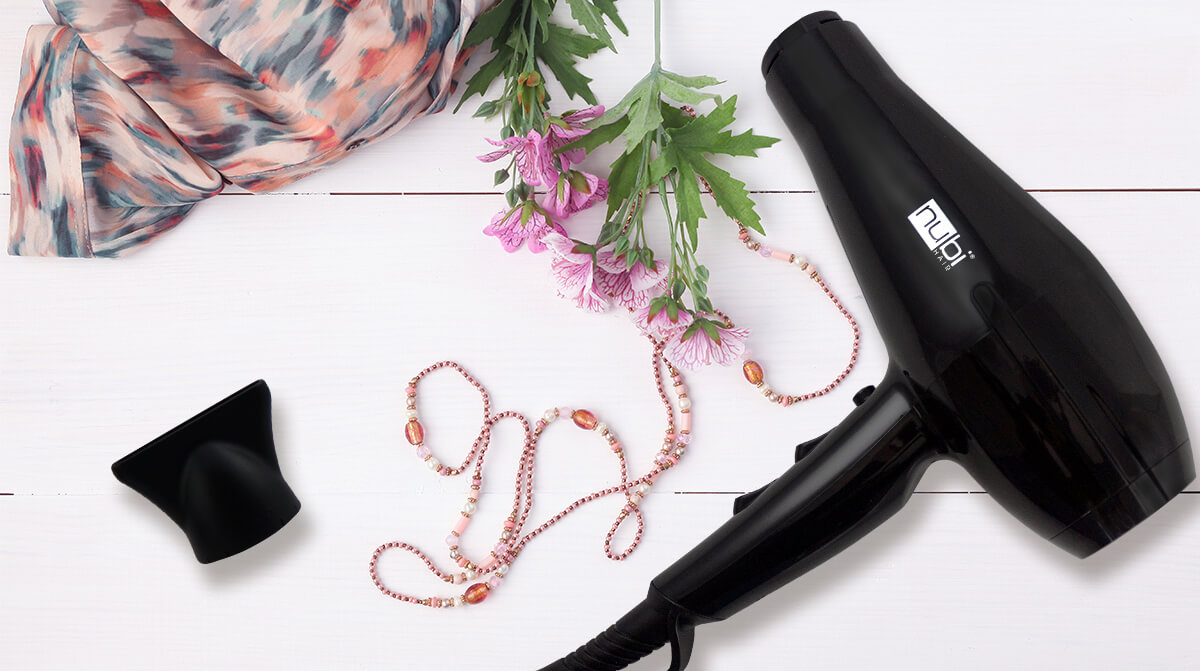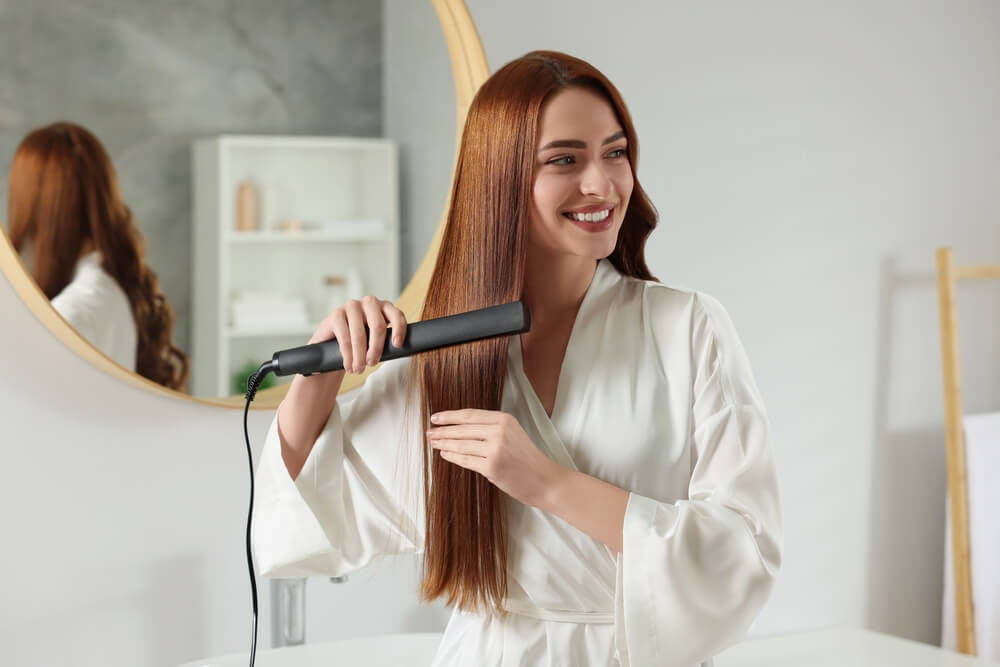Hair Care
Heat-Proof Hair: Shielding Your Strands From Styling Tool Fallout
It’s no secret that heat styling can damage hair, yet the salon-worthy styles that can be quickly created with a heated styling tool are simply impossible to resist.
The good news is that a love affair with your heated styling tools doesn’t automatically mean that you’ll end up dealing with frizzy, brittle strands. There are plenty of steps that you can take to shield your tresses from styling tool fallout – read on as Nubi talks you through them!
Always Apply a Heat Protectant to Damp Hair
If you plan on heat styling, a heat protectant is non-negotiable. These products form a protective coating around each strand of hair. This way, when you apply the heat, that coating takes the brute force of it. Any scorching affects that layer, saving your actual hair follicles from deep damage.
The best time to apply a heat protectant is when your hair is damp after being washed. Damp hair is more permeable than dry hair, so this will allow your hair shaft to better absorb the product.
What type of heat protectant should you use?
Make your decision based on your hair type. If your hair is very thick and dense, go with a thick product, such as a heat protectant cream. On the other hand, if your hair is thin or fine, a spray or a hair serum would be a better choice. These lighter products will shield your strands without weighing your hair down.
Keep Your Strands Hydrated and Well-Moisturized

One of the ways in which heat styling can damage the hair is through dehydration. The heat saps away the hair’s moisture, leaving it dull, brittle, and prone to breakages.
Hydration is important for everyone’s hair, even if you don’t heat style. However, if you do, this becomes even more crucial. Your hair will need extra moisture to make up for the water that it loses each time your heated styling tools touch your strands.
This is where a good conditioner can be a game-changer. A conditioner will lubricate and moisturize your strands, helping to prevent moisture loss. Ideally, look for a formula that has been infused with plant oils, such as the Nubi Nourishing & Moisturizing Conditioner. Not only will these oils hydrate and moisturize your locks, but they’re also brimming with antioxidants that’ll make your hair look so much healthier.
If your hair is already showing signs of damage, add a deep conditioner or a mask to your hair care routine too. Designed to be used on a weekly basis, these products provide a more intense dose of moisture than a regular conditioner.
Choose Styling Tools With a Temperature Control

Many heated styling tools offer just a single temperature. This may not be an issue for people with thick and curly hair since they tend to require a high level of heat in order to style their strands. However, for everyone else, that single temperature is likely to be too hot for your hair.
Fortunately, there are now plenty of styling tools out there that come with a temperature control dial, such as the Nubi Soft N’ Straight 1.25” Ceramic Pink Styler. In this case, you have the option of choosing between 180º to 450ºF. This allows you to pick the perfect temperature for your hair type, saving you from exposing your hair to excessive heat that it doesn’t actually need.
Know How Much Heat Your Hair Actually Needs
So, how do you decide which temperature to set your heated styling tool to?
For most hair types, 200-300°F is sufficient. You’ll need the higher end of this scale if your hair is thick and coarse while the lower end will work for most other hair types. If your hair is particularly thin or fine, then drop the temperature lower than 200°F since your hair will be even more susceptible to heat damage.
It may take a little trial and error to determine the right temperature for your strands. However, once you’ve figured this out, you’ll be able to style your locks without having to worry about burning your hair.
Look For Ionic Heated Styling Tools

In addition to an adjustable temperature setting, another feature to keep an eye out for when choosing heated styling tools is negative ion technology. This is something that all of Nubi’s heated styling tools, from our flat irons to our curling wands, offer.
What’s so great about negative ion technology?
It helps to smooth and seal the look of the hair cuticles, leaving them feeling better protected against damage. This also gives the hair a shinier and less static finish. The appearance of frizz is diminished when negative ion technology is utilized, and strands tend to feel much more manageable.
Pick the Right Tool For the Job
Heated styling tools are available in a huge array of shapes and sizes. Picking the right tool for the task at hand will go a long way in saving your strands from undergoing unnecessary damage.
Say, for example, you’re straightening thick and long hair. Use a hair straightener with narrow plates and you’ll likely find that you’ll have to pass your flat iron over each section of hair multiple times to see results. In the end, this will expose your strands to more heat than if you had used a wider flat iron that only needs one pass through your locks to straighten them.
Never Heat Style Damp Hair
Have you ever heard a sizzling sound when your heated styling tools have touched your hair?
This occurs when the hair isn’t fully dry. As soon as that moisture is touched by the heat from your styling tools, it turns into steam, resulting in that distinct sizzle. Not only does this run the risk of a burnt scalp due to the hot steam, but it’s also pretty much frying your strands. It’s not just the outer layer of your hair cuticles that will end up damaged either. Using heat on wet hair sends the damage deep down into your hair’s cortex, causing a burn all the way through.
Fortunately, this problem is easy to prevent. Simply avoid using your heated styling tools on hair that’s damp. Wait for it to be 100% dry before attempting any heat styling.
Don’t Blow Dry Soaking Wet Strands

If you’re in a rush, have wet hair, and know that you shouldn’t be heat styling damp locks, then chances are that you’ll quickly reach for your blow dryer to blast away that moisture. However, if your hair is still soaking wet, blow drying it wouldn’t be the best move.
Why? Because in order to fully dry wet hair, you would need to use your blow dryer for a significant amount of time. The wetter your hair, the longer it will take to dry. However, the longer you expose your hair to the heat emitted from your blow dryer, the more damage you’ll be causing.
The solution is to wait until your hair is roughly 70-80% dry before you work on it with a blow dryer. Start by using a microfiber towel to wring out any moisture and then leave your hair to air dry for a while. Once it’s ready to be blow dried, point the nozzle downward and keep it moving. Avoid holding it over any sections of your hair for an extended amount of time, as this will cause damage.
Research also shows that, for minimum damage, you should aim to hold your blow dryer around 15cm away from your strands. This will give them enough heat to dry them, but not so much that they’ll end up looking damaged.
Style With Quick and Fluid Movements
It’s not just your blow dryer that shouldn’t be concentrated on a single section of hair for too long. The same applies to your other heated styling tools too. Whether you’re using a flat iron, a curling wand, or anything else, subjecting your strands to an extended amount of heat will burn them, no matter how much heat protectant you’ve applied.
Instead, you want your movements to be quick and fluid. Think about how fast a professional stylist works when using heated tools. Each section of your hair should only be touched by the heat for a few seconds before you move on to the next. If you have to restyle a section, wait for it to completely cool down before running your styling tools over it again.
Be Strategic
There’s a way to be smart about heat styling, which will reduce how much heat you subject your hair to.
Say, for example, you want textured beachy curls and your hair is already naturally on the wavy side. Rather than blow drying your hair and then curling each section, consider applying a texturizing spray to your damp hair and then allowing it to air dry. Once it does, you’ll be able to use your curling wand more sparingly, saving it for certain curls that need a boost rather than applying it to the entirety of your hair.
Give Your Hair a Rest Day
Follow all of the tips that we’ve shared and you’ll be able to save your strands from a significant amount of visible heat damage. However, even then, it would be best to avoid heat styling your hair every single day.
General recommendations point to heat styling two or three times a week. If you’re clever about maintaining your newly styled locks, you shouldn’t need to heat style them more often.
However, if you wake up the morning after you’ve meticulously straightened your hair only to find that your strands are looking wavy and frizzy, consider giving your hair a break with a heat-free style rather than heat styling again. A simple ponytail or bun will keep your hair looking neat while doing away with the need for a heated styling tool for that day.
Heat Styling With Nubi
At Nubi, we’re all about helping your hair to look its very best. This often involves heat styling, something that could potentially lead to hair damage, which is why our heated styling tools have been designed in a way that will keep the appearance of damage to a minimum. Combine these with the expert tips that we’ve shared above and you’ll be able to style your locks to your heart’s content, without having to deal with any of the fallout that often occurs after heat styling.
Click here to check out more bestselling hair tools and products from Nubi.



